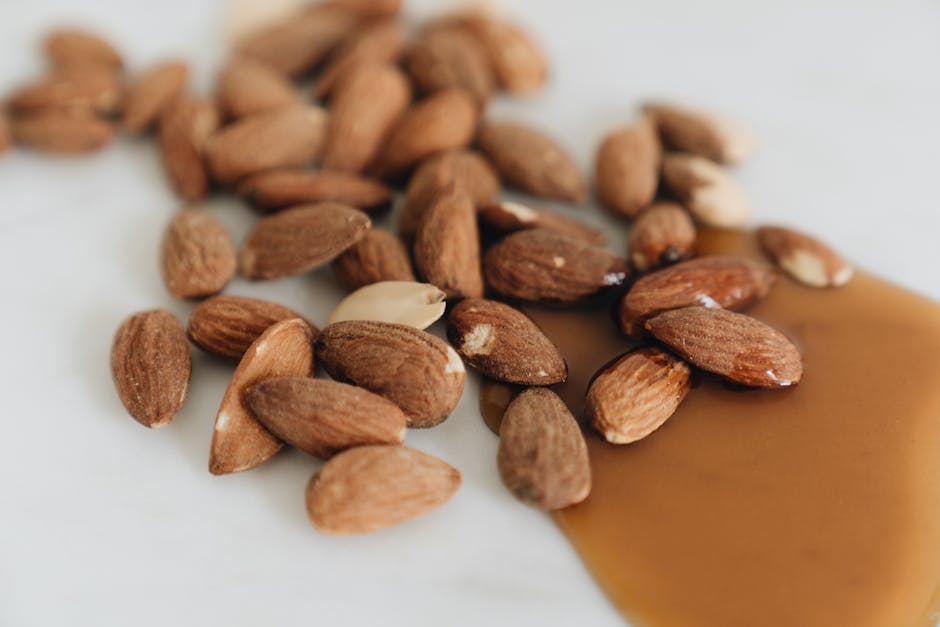Dive into the world of chocolate connoisseurs; understand not just the taste but the art behind every piece of chocolate.
Understanding the Basics of Chocolate Tasting
Chocolate tasting, akin to wine tasting, is an art form that goes beyond simple indulgence. It incorporates a multisensory experience—engaging sight, smell, taste, and touch—to fully appreciate each piece’s complexity.
The first step is recognizing the different types of chocolate—dark, milk, white, and artisan blends—and noting how their properties can influence the tasting experience.
Experts suggest starting with a clean palate to ensure that the nuances of the chocolate are not masked by residual flavors from previous foods or drinks.
Preparation for Chocolate Tasting
Before diving into the tasting, ensure the chocolate is at room temperature to allow the flavors and aromas to express themselves fully.
Hydration is key. Drink water before the tasting to cleanse the palate, but avoid flavored or sparkling water as it can alter taste perception.
The Appearance Evaluation
A chocolate’s appearance can be very telling. Look for a silky matte finish and a uniform color. Any blooming or discoloration could indicate improper storage.
The break of the chocolate should be clean and crisp, which signifies a good tempering process by the chocolatier.
Assessing the Aroma
Before tasting, smell the chocolate. A rich bouquet of aromas can hint at the chocolate’s flavor profile, from earthy and fruity to floral and spicy.
The Texture Experience
Let the chocolate melt slowly on your tongue. Note the texture—is it smooth, gritty, waxy? The texture can enhance or detract from the overall tasting experience.
A chocolate connoisseur pays close attention to how quickly the chocolate melts. A slow, even melt is often indicative of high-quality fats used in the chocolate’s production.
Analyzing the Flavor Profile
As the chocolate melts, identify the primary flavors. Does it start fruity and then turn nutty or spicy? The evolution of flavor is key to the chocolate’s complexity.
Consider the balance of sweetness, bitterness, acidity, and umami. These should harmonize without any single flavor overpowering the others.
Detect any secondary flavors that emerge. These can range from hints of vanilla, coffee, or floral notes, contributing to the chocolate’s uniqueness.
The Finish and Aftertaste
The finish refers to the flavors that linger after the chocolate has melted. A long, pleasant aftertaste is a sign of a high-quality chocolate.
Note any changes in the flavor profile during the finish. Does the taste develop further, or does it fade away quickly? This can reveal much about the chocolate’s craftsmanship.
Recording Your Tasting Notes
Keeping a journal of your tasting experiences can enhance your understanding and appreciation of chocolate. Note the appearance, aroma, texture, flavors, and finish for each sample.
Compare notes with fellow connoisseurs or reference them during future tastings. This practice can help hone your palate and deepen your appreciation for the subtleties of chocolate.
The Journey Towards Chocolate Connoisseurship
Becoming a chocolate connoisseur is not merely about enjoying chocolate but understanding its depth and stories. It’s a journey from cacao to the taste buds, enriched with heritage, process, and of course, exquisite flavors. Embrace these techniques, and begin your own exploration into the flavorful world of chocolate.








